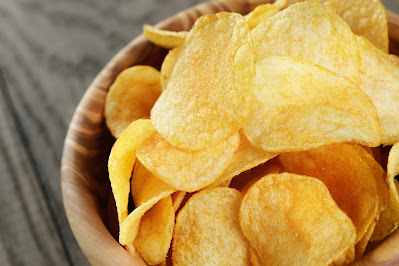Champagne can only be called champagne if it comes from the champagne region in northern France. All champagne is sparkling wine, but not all sparkling wine is champagne. The major difference between champagne and wine is that champagne is made from a double fermentation of grape juice, whereas wine is made from fermented grapes. Champagne can only be produced with restrictive regulation. In general, champagne can range from dry to sweet, depending on the sugar, and its taste varies depending on the grape used and blended. The most well-known sparkling wine, champagne, has an alcohol concentration of around 10% to 12%, and will last 5-10 years (if it is a vintage) and 3-4 years (if it is non-vintage) if it remains unopened.
It was first produced in the champagne region of France. However, now all or most regions in the world create their own champagnes. The grapes are grown in different parts of France and are blended to create a blend. This blending gives champagne its distinctive flavor and ‘house style.’ In order to produce a good champagne, grapes from different vineyards and vintages are harvested and then blended together. The result is the perfect sparkling wine. This process is repeated several times to achieve the desired result - a smooth, elegant, and enticing bottle of champagne. The process of making champagne involves two distinct steps. The initial burst of effervescence occurs when champagne first contacts dry glass.
Bubbles are formed when liquid surfaces come into contact with minute imperfections. These irregularities are called nucleation sites. Luckily, these imperfections are small and can act as nucleation sites. Naturally occurring glass imperfections are not often considered nucleation points. Natural etched glass, however, is the perfect location for effervescence to occur. After the initial burst, the champagne undergoes its second fermentation in the bottle, which lasts only a few weeks. During the aging process, the wine is placed in sideways to rest and mature. It is also aged on lees to give it its bread-like character.
Champagne should age for at least 15 months and be vintage-dated for 36 months. This process is time-consuming, because the yeast cells are removed from the bottle. The initial burst of effervescence occurs when the champagne contacts a dry glass. These imperfections are caused by the high surface tension of the liquid and are therefore ideal nucleation sites. They are not natural, but are produced on purpose. This process is the same as the one that produces wine for the French royal family. And the only difference is that the champagne is made in different regions. The French effervescence is more prominent in certain areas.




No comments:
Post a Comment